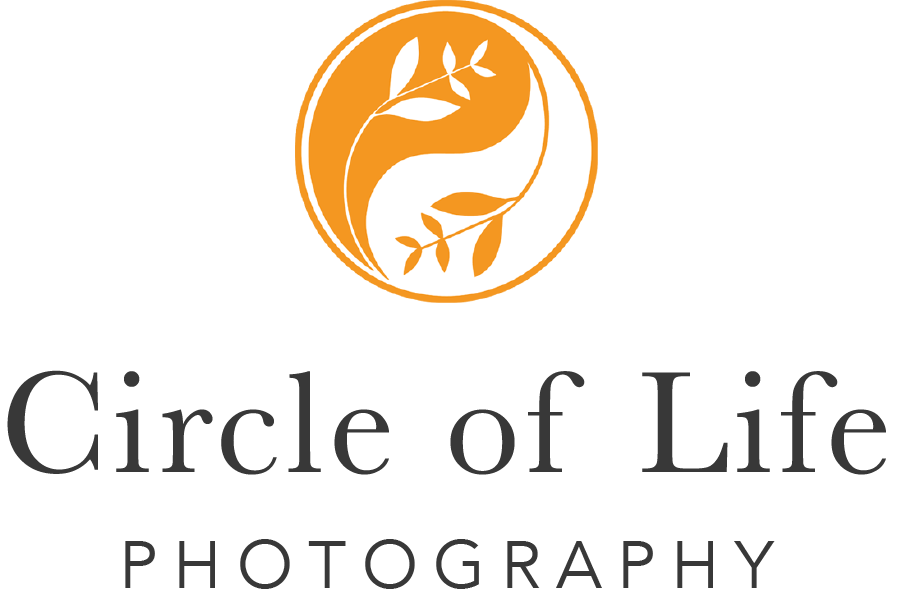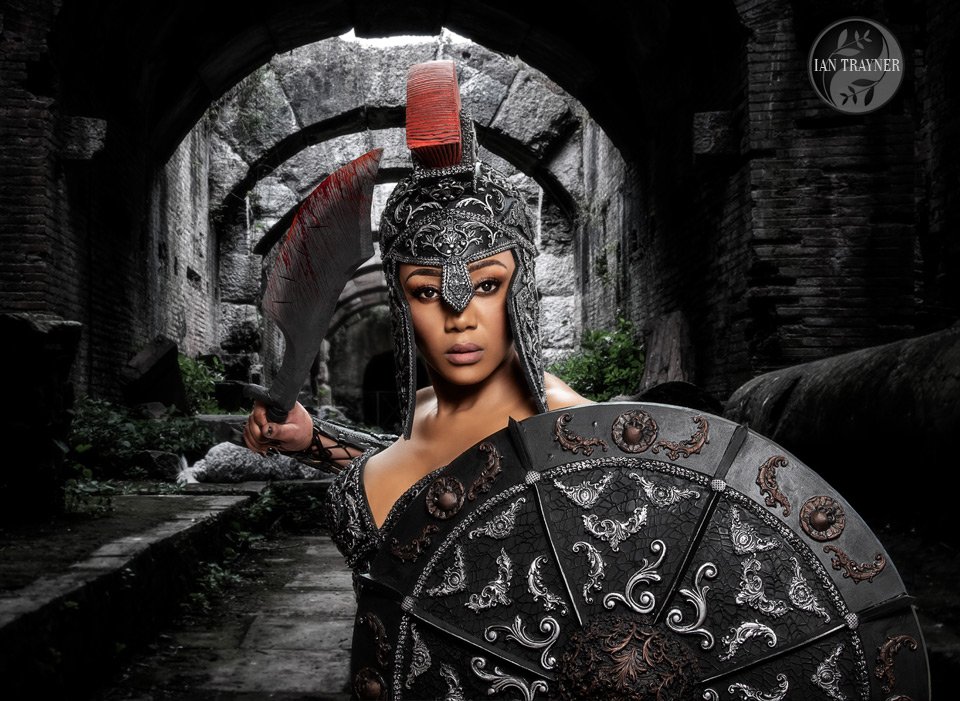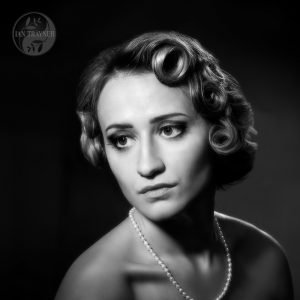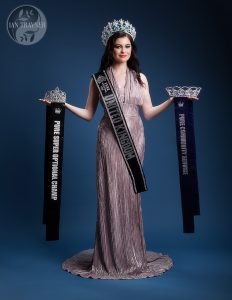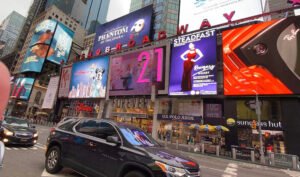What is a “composite”?
“Composite” is short for “composite image”. That is to say a final image that has been composed using a number of separate images. My composites can be divided into two categories;
A) The first is “artwork”. I don’t mean it actually is “art”! I mean the final image is not intended to appear natural or realistic.
B) Images that are intended to look natural and realistic as though they were taken in a single exposure – at least to a casual observer. Typically they consist of two components; the model who is shot in the studio and a background image.
Why make composite images?
Composites allow me to insert my subect into potentially any background. These can be photos I have taken myself or photos from an image library. So without moving from my studio I can take photos in the palace at Fontanbleau, by the Egyptian pyramids, or in the Namibian desert. I can even take photos under the sea or in outer space! This is because they don’t necessarily have to be photos – they can be any form of digital art, including fantasy locations generated by AI. This is a really cool way of creating fantasy images for cosplayers, many of whom invest in quite wonderful costumes.
So what is a “composite photoshoot”?
A “composite photoshoot” is effectively a normal photoshoot in the studio, but designed with the intention of creating composite images in post production. The most successful composites are planned in advance. I need to find or make suitable background images before the photoshoot. Then I photograph my subject to match the background image.
It is most important that the lighting on the subject is consistent with lighting on the background. The camera should be at more or less at the correct height and pointing in the correct direction (usually this will be straight ahead). The focal length of the lens and perspective on the subject also have to appear consistent with the background images. There is a bit of leeway here, and in general composites are more tricky if you shoot full length and include the subject’s feet.
Do I use “greenscreen”?
I use a plain grey background when I shoot for composites. This is because using a grey background causes very little colour contamination. Quite often people ask if I use greenscreen? I don’t because some green light always gets reflected back onto the rear of the subject. This leads to a green colour contamination around the edges of my subject, especially if there are pale or reflective surfaces. I know software can be used to remove the green automatically, but I have been told when greenscreen is used in the movie industry it is very expensive and time consuming to remove ALL the green colour contamination. So I use grey, and it works very well. And using modern versions of Photoshop it is relatively easy to make clean selections of the subject.
Amazonian warrior from Greek mythology
Beautiful black model Phyll McPhyll is wearing foam armour created by the Wizard of Foaminess, John Davis. I bought this armour from John and I have it available for fantasy photoshoots. Because it laces up the back it is suitable for ladies of various sizes. Don’t hesitate to contact me if you are interested in doing a fantasy photoshoot using this armour. Or any other fantasy photoshoot for that matter.
Monochrome
All photos are captured in colour (I shoot in RAW) but it is nice having the flexibility to do monochrome conversions.
Beauty headshot using coloured gels
Surely it would be a crime to do a photoshoot with Phyll and not take a few beauty images? I used red and blue gels on either side of Phyll’s head, with a beauty dish and grid pointing directly into her face from slightly above. The grey background is still there, but it appears black because relatively little light is on it.
The creative team
Model: Phyll McPhyll
Make up artist: Chesmi London
Greek armour: John Davis, the Wizard of Foaminess
